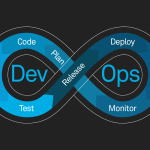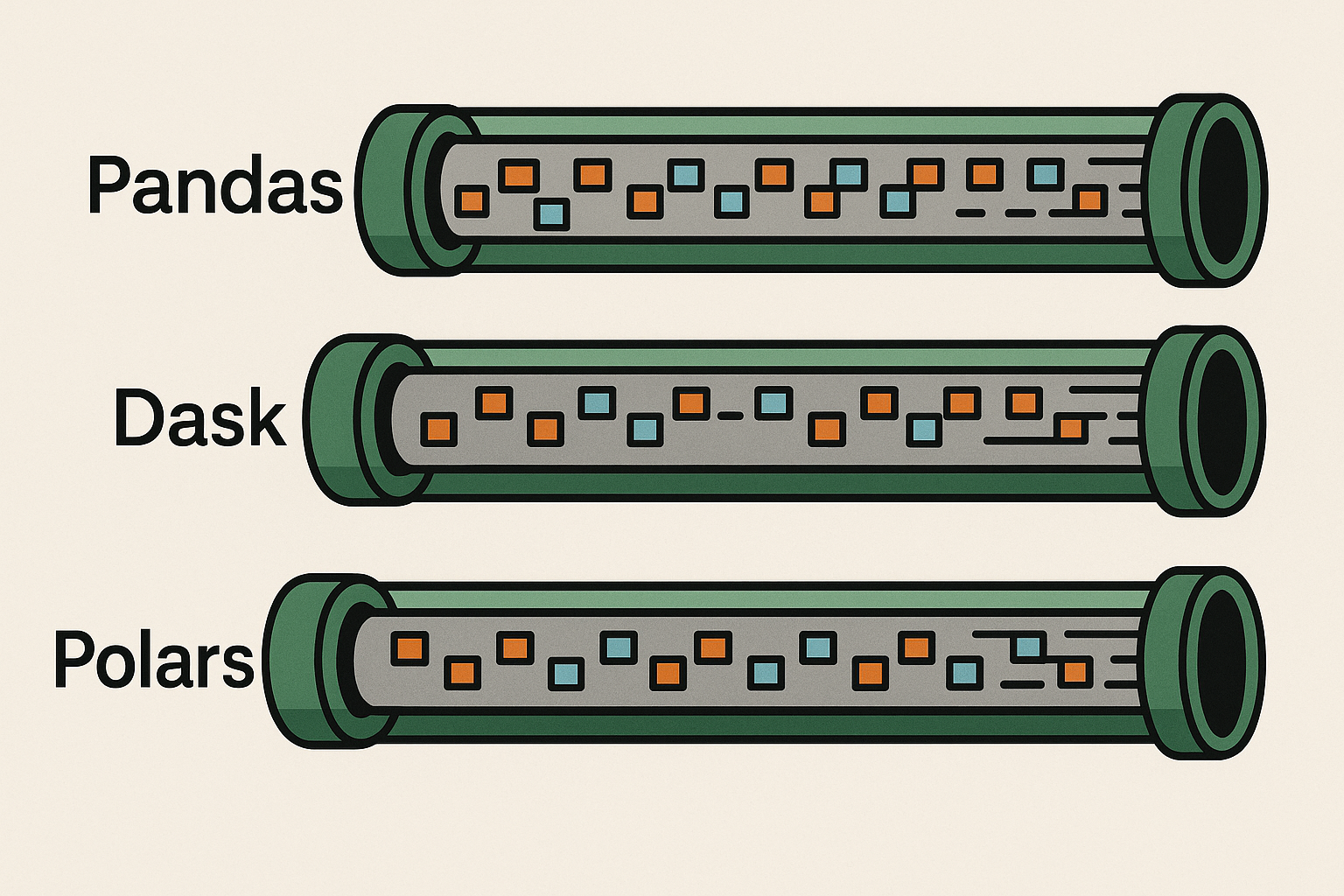Leveraging Learning to Rank (LTR) Models for Relevant Product Ranking in Search Queries
In today’s competitive digital landscape, providing users with the most relevant and personalized product results is key to retaining engagement and driving conversions. Learning to Rank (LTR) models, commonly used in search engines and e-commerce platforms, can significantly enhance the relevance of search results by ranking products in a way that best fits the user’s intent. This blog explores the mechanics of LTR models, their benefits, and how they can be effectively deployed for relevant product ranking in response to user search queries.
What is Learning to Rank (LTR)?
Learning to Rank (LTR) is a class of machine learning techniques designed to automatically order a set of items (like products) in such a way that the most relevant ones are placed higher in the results list. The model learns from past user interactions, search behaviors, and other data points to predict the most appropriate ranking order.
LTR is particularly useful in the e-commerce domain, where users search for products with varying preferences and behaviors. By learning from historical search patterns and user engagement, LTR models adapt to provide more personalized, relevant results.
Types of LTR Approaches
1. Learn to Rank (LTR) Models
Objective: The goal of LTR models is to rank items (such as products) in order of relevance to the user’s query. The models are trained to optimize this ranking based on various features and feedback signals.
Types of LTR Models:
• Pointwise: Treats the ranking problem as a regression or classification problem, predicting the relevance score for each item individually. Example: Linear Regression, Gradient Boosting Machines (GBMs).
• Pairwise: Focuses on the relative ordering of pairs of items. The model learns to predict which of the two items is more relevant. Example: RankNet.
• Listwise: Directly optimizes the ordering of a list of items by considering the entire list’s ranking quality. Example: ListNet, LambdaMART.
2. Click Models
Purpose: Click models are probabilistic models that estimate the likelihood of a user clicking on a product in a list of search results. They are based on user behavior data, such as clicks, skips, and dwell time.
Common Click Models:
• Cascade Model: Assumes that users scan results from top to bottom and click on the first relevant item they find.
• Position-Based Model (PBM): Takes into account the position of the product in the search results, assuming that items higher up are more likely to be clicked.
• User Browsing Model (UBM): Considers the user’s browsing behavior, including which items were viewed before clicking on a product.
3. Integrating LTR with Click Models
• Feature Engineering: In an LTR model, features can be derived from the outputs of a click model. For example, the probability of a click predicted by a click model can be used as an input feature for the LTR model.
• Training: The LTR model is trained using labeled data, where the labels can be based on user clicks. The model learns to rank products in a way that maximizes the likelihood of clicks or other user engagement metrics.
• Evaluation: The performance of the LTR model is evaluated based on ranking metrics like Mean Reciprocal Rank (MRR), Normalized Discounted Cumulative Gain (NDCG), or click-through rate (CTR).
Applications in Product Search
• Relevance Ranking: LTR models ensure that the most relevant products are ranked higher in search results, improving the user’s search experience.
• Personalization: By incorporating user-specific behavior (e.g., previous clicks, purchase history), LTR models can provide personalized search results.
• Optimization: Continuous feedback from click models helps in refining the LTR model, leading to ongoing improvement in search relevance and user satisfaction.
Popular LTR Algorithms for Product Search
• LambdaMART: A powerful and widely-used LTR algorithm that combines gradient boosting with the LambdaRank framework for optimizing ranking metrics.
• XGBoost: An efficient implementation of gradient boosting that can be adapted for LTR tasks.
• RankNet/RankBoost: Early neural network-based approaches to learning to rank, which focus on pairwise ranking.
How LTR Improves Product Ranking for User Search Queries
- Enhanced Relevance:
Traditional keyword-based search engines often struggle to fully understand user intent. LTR models, on the other hand, leverage deep learning techniques and semantic understanding to provide context-aware results. By learning from historical interactions, the model ranks products not just by keyword match, but by true relevance to the user’s needs. - Personalization:
LTR models can be tailored to individual users, incorporating personalization at scale. For instance, if a user has a history of purchasing eco-friendly products, the LTR model will prioritize environmentally-conscious products in future search results. This personalized experience can drive conversions and customer satisfaction. - Dynamic Adaptation:
One of the key strengths of LTR models is their ability to continuously adapt and improve. As more data is collected on user behavior, the model becomes more effective at predicting relevance. This is particularly useful in retail environments where product preferences and trends shift rapidly. - Improving User Engagement:
By showing users the most relevant products at the top of the results, LTR models reduce friction and make it easier for users to find what they’re looking for. Higher relevance often translates to higher click-through rates and longer dwell times, both important metrics for search success.
Example in Action:
Let’s say the search query is “wireless mouse,” and there are three products: Mouse A, Mouse B, and Mouse C.
• Mouse A: High brand reputation, many reviews, high price.
• Mouse B: Moderate brand reputation, fewer reviews, low price.
• Mouse C: High brand reputation, moderate reviews, moderate price.
The LTR model might rank these mice based on a combination of relevance factors:
• If you tend to buy high-end tech gadgets, the model might rank Mouse A at the top.
• If your past purchases show a preference for budget items, Mouse B might be ranked higher.
• If you’ve previously bought from a specific brand that makes Mouse C, it might be ranked higher due to brand loyalty.
Finally, the search results are presented to you, with the most relevant products at the top, maximizing the chance that you find what you’re looking for quickly and efficiently.
Conclusion
Learning to Rank models offer a powerful solution to enhance product ranking for user search queries. By leveraging historical data, user behavior, and real-time interactions, LTR models go beyond simple keyword matching to provide highly personalized and relevant search results. As competition in the e-commerce space intensifies, implementing LTR can be a key differentiator for platforms aiming to boost engagement, increase conversions, and elevate the overall customer experience.
Deploying LTR models is a challenging yet rewarding task. With careful feature engineering, model selection, and evaluation, it’s possible to create a dynamic, personalized ranking system that consistently meets user needs and drives business value.








